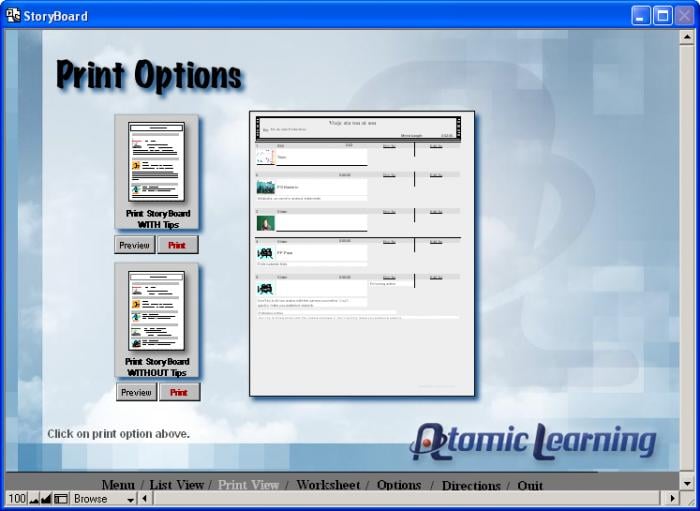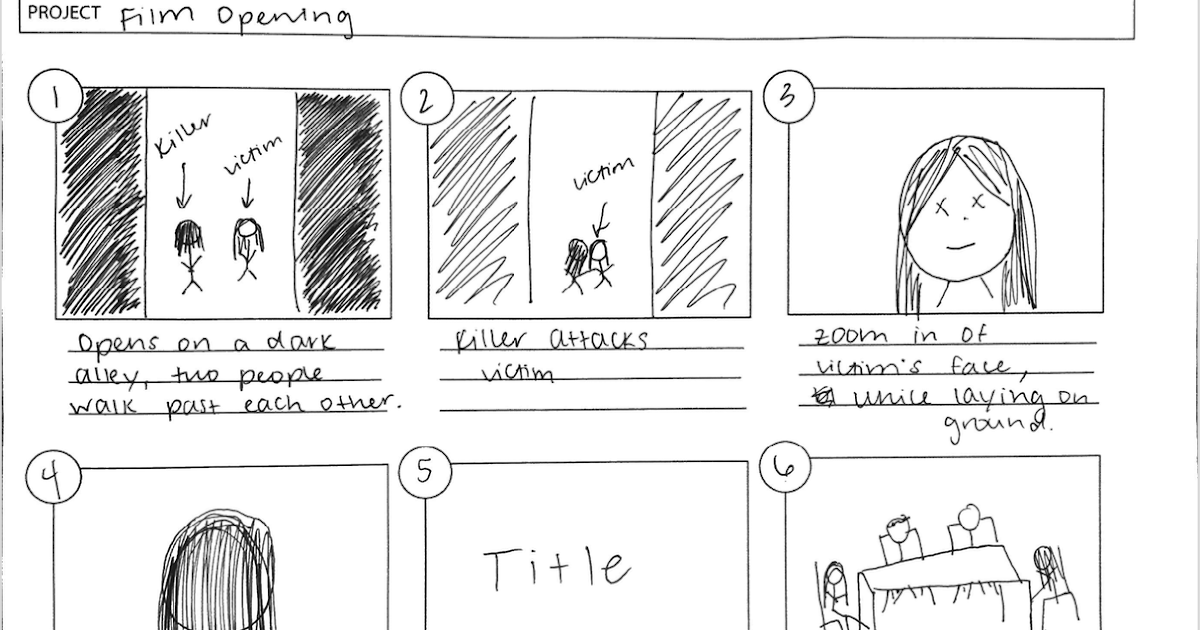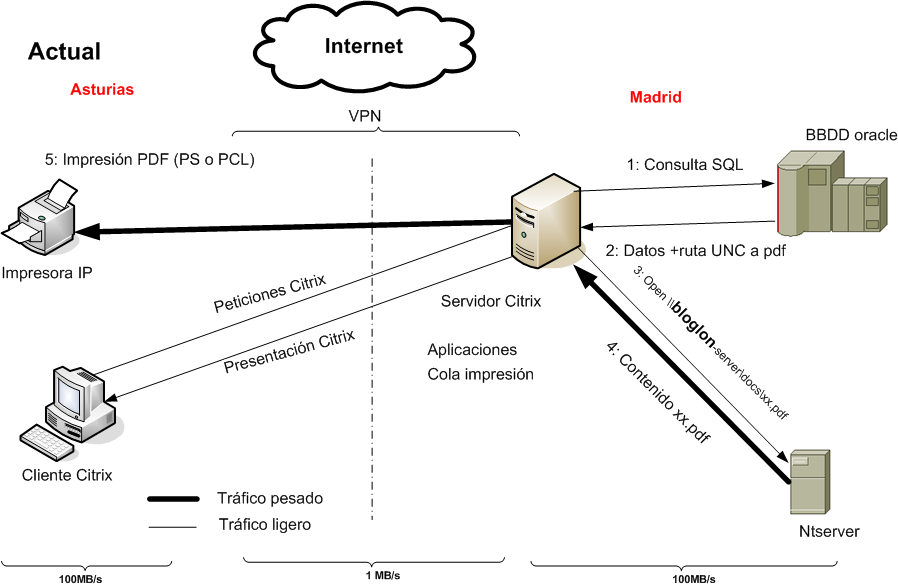
Shows object names when the mouse pointer is held over the object. Uses text-to-speech to read the descriptions, if text-to-speech is available. Swaps the buttons so that the left button attacks, and the right button picks up items. Click to walk in that direction.įills in an autogenerated save game description into the input prompt. Makes scrolling smoother when changing from one screen to another.Ĭhanges the cursor when it floats to the edge of the screen to a directional arrow. Helium_mode Enable smooth scrolling when walking Makes characters sound like they inhaled Helium. Studio audience adds an applause and cheering sounds whenever Malcolm makes a joke. Uses transparent dialog boxes in 16 color scenes even if the original game version did not support them.ĭRASCULA ¶ Use original save/load screensĭREAMWEB ¶ Use original save/load screensĭisplays graphics using the game’s bright palette. Originalsaveload Use transparent dialog boxes in 16 color scenes Original_menus CINE ¶ Use original save/load screen When running, McCoy won’t start slowing down as soon as the player stops clicking the mouse. When disabled, the game targets 60 fps.įrames_per_secondfl Disable McCoy’s quick stamina drain Targets a maximum of 120 frames per second (fps). Nodelaymillisfl Max frames per second limit This mode might result in high CPU usage. Shorty Frame limiter high performance modeĪvoids use of delayMillis() function. Shrinks the actors and makes their voices high pitched.
#Storyboard quick 6.1 full version Pc#
Shows a command prompt window and pauses the game, instead of a real-time prompt.Īdds a game speed menu, similar to the PC version.ĭon’t fade every screen to black when leaving a room.Īdds laughter after the actor’s line or narration. Herculesfont Pause when entering commands


Uses the Hercules hi-resolution font, when the font file is available. Uses an alternative palette, common to all Amiga games.Įnables mouse support for movement and in game menus. Originalsaveload Use an alternative palette Uses the original save/load screens instead of the ScummVM screens. Scanlines Always use sharp monochrome textĭoes not emulate NTSC artifacts for text.

Uses color graphics instead of monochrome graphics.ĭarkens every other scanline to mimic the look of a CRT display. To find out which engine powers your game, have a look at the ScummVM Supported Games wiki page or group games by Engine in the Launcher.Įngines: ADL | AGI | AGOS | BLADERUNNER | CGE | CINE | DRASCULA | DREAMWEB | HDB | HOPKINS | KYRA | LURE | MADS | NEVERHOOD | SCI | SCUMM | SHERLOCK | SKY | SUPERNOVA | TOLTECS | WINTERMUTE | XEEN |Įmulates the composite output to an NTSC TV. The Game tab also shows settings unique to the game engine for the selected game. Specifies the original platform of the game. Select the correct language to ensure that subtitles display correctly, especially for non-English games. For games that have a single language hardcoded, this option does not change the language of the game, it only affects the subtitles. Shows the full title of the game, as well as some basic information such as original platform and language.įor games that were released with support for multiple languages, this options changes the language of the game. The ID can also be used for launching the game from the command line. Edit this name as required, but use only numbers, letters and hyphens. The configuration key is listed in italics after each setting description. The menu opens on the Game tab.Īll settings can also be changed in the Configuration file. If the Launcher is in grid view, select the game and then select the gear icon in the popup window. Use the Game tab to display and change information about how the game isįrom the Launcher, highlight the game in the games list, and select the Game Options button.


 0 kommentar(er)
0 kommentar(er)
